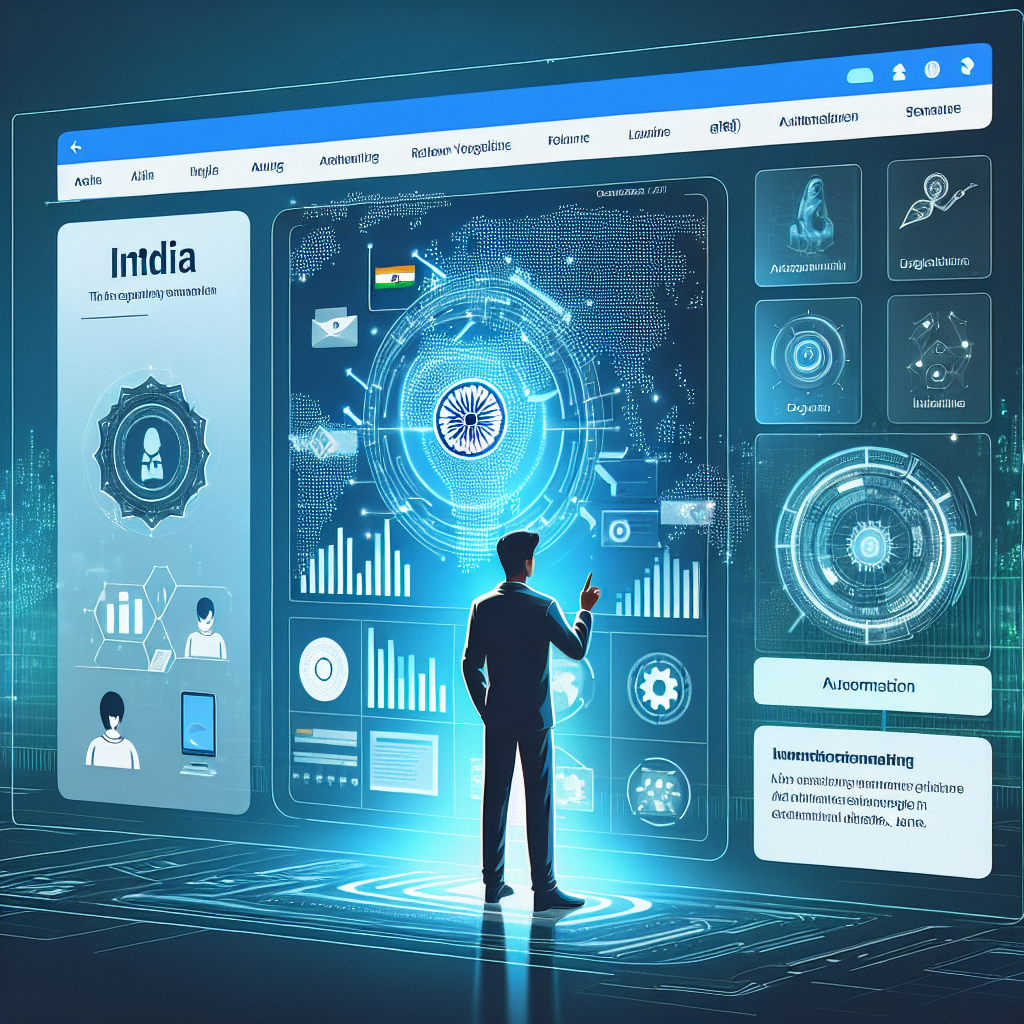Article 370 – Jammu & Kashmir Six Years After Abrogation
Context On August 5, 2019, Article 370 was revoked and Jammu & Kashmir was reorganised into a Union Territory. The move aimed at national integration, development, and peace. Six yearson, progress across politics, security, economy, and tourism is mixed, with enduring structural and governance challenges. Political Developments – Democratic Revival with Limited Authority Resumption of Electoral Politics Security – Progress Undone by Pahalgam AttackDecline in Terrorism and MilitancyYear Terrorists Neutralised Local Militant Recruits2019 104 1292024 67 152025 28 1Militancy-related violence has dropped sharply. There have been no recent stone-pelting incidents, hartals, or abductions. Pahalgam Attack Economy – Investment and Revenue Surges Industrial Investments Economic Growth Trends – A Disappointing Performance HTTPS://THECIVILWAY.CO.IN/ 9935082255, 9214077678 Employment and Industrial Slowdown Capital Formation and Investment Reality Fiscal Health and Rising Debt Credit Constraints and Capital Scarcity Inflation and Wage Dynamics HTTPS://THECIVILWAY.CO.IN/ 9935082255, 9214077678 Tourism – High Growth Amid Security Fragility Structural Constraints and Future Outlook ConclusionSix years after Article 370’s abrogation, Jammu & Kashmir displays gains in security andinvestment but continues to face restricted political authority, fiscal fragility, and private-sectorhesitancy. The Pahalgam attack underscores that peace and prosperity must advance in tandem.Addressing structural weaknesses and catalysing private investment are imperative to fulfil thepromise of integration and lasting development.
Article 370 – Jammu & Kashmir Six Years After Abrogation Read More »



